Healthier living habits are triggering a change in consumption and greater demand for beverages low in alcohol.
Together with the refreshing “zero” or 0,0 options, this reality is no doubt turning into a great opportunity to develop new products and a very appetizing source of revenue for the global industry.
Let’s take a look at which of these trends is making the most noise in the market.
Low-alcohol, alcohol-free… and current regulations
Low-alcohol, alcohol-free…, the difference seems clear. While the first option typically contains lower levels of alcohol (generally below 3% ABV approximately), alcohol-free beverages contain less than 1%, a category that in turn includes the Zero Alcohol group (better known in Spain as 0,0) with ABVs that must be under 0.05%.
Nonetheless, these limits have certain nuances depending on the regulations of each area or country.
Whilst these amounts are based on Spanish regulations, they are different in other countries of the European Union. To cite a few, alcohol-free beverages in Italy and France are limited to 1.2%, and in Portugal this drops to 0.5%.
Beverage Daily dedicates an analysis to defining both concepts, and it establishes that, for example, the peculiarities of each country notwithstanding, alcohol-free beverages in the UK have even lower levels—around 0.05%, leaving the low-alcohol class under 1.2%.
These types of variations in the regulation and definition of ABV levels could produce certain loopholes, especially in the free movement of goods, with the result that, for example, following Brexit, a beer containing 0.5% produced in Germany could be sold legally in England whilst a beer produced in the UK with the same level could not be launched due to internal legislation.
Ultimately, regulation and clear definition of both concepts becomes a major challenge when it comes to more ambitious production of both options globally.
The low-alcohol and alcohol-free beverages that are rising fast
1. The low-alcohol and alcohol-free versions are a bonanza in the beer world
Where on earth does beer not exist? In some places more than others, and especially in this country, it is one of the quintessential favourite beverages.
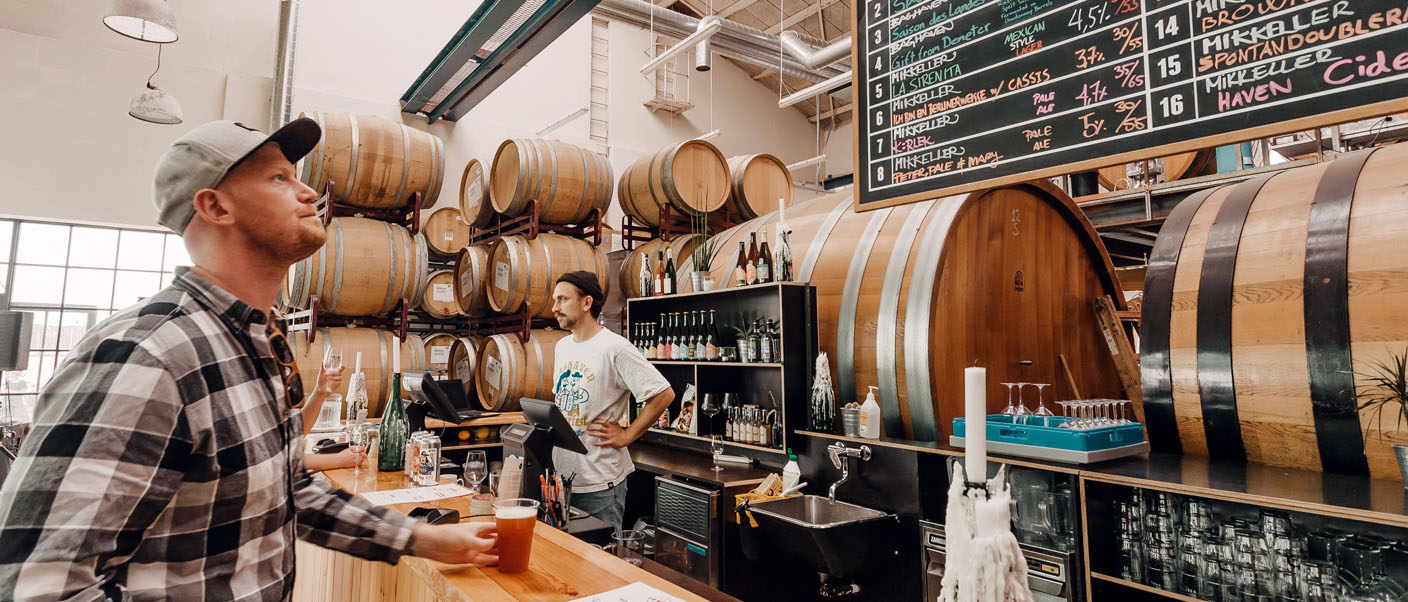
There are plenty of good reasons why this market for low-alcohol and beers known here as 0,0 has been showing an upward trend in recent years, capturing market share from other consumption groups. To be specific, increasingly in the craft sector. The industry has realized that the secret to this rise is related to the fact that:
- Beer consumption is social and goes up at moments when people want to disconnect. “Going out for beers”, sharing them with friends and, in certain countries, preferably outdoors, on a terrace, or at home is very attractive.
- An increase in healthy trends and moderate consumption is where it’s at today. Exercising, cooking healthy recipes and moderate consumption of certain beverages like beer, with lower ABV levels, has become popular in the youth segment (18-24 years).
- Renewal of the image of these categories extending into a more mainstream sector that is passionate about craft beer and increasingly perfecting its formulas based on reinvented styles (like the IPA and its variants) or in new recipes, has spurred the craft sector to produce these types of products more ambitiously.
Variety and very strong competition have reactivated the market, situating these categories in the crosshairs of brewers and major producers.
2. What about alcohol-free beverages based on water and their new versions?
In this group we include all the variants whose main element is water in probiotic and, above all, very refreshing soft drinks under 1% resulting from the lactic acid bacteria produced during fermentation.
Kefir water and its positioning among the probiotics
Kefir water is a product based on sparkling water with tropical flavours and acidic fruits. It is subjected to a carefully controlled fermentation process during which tibicos or kefir grains are added.
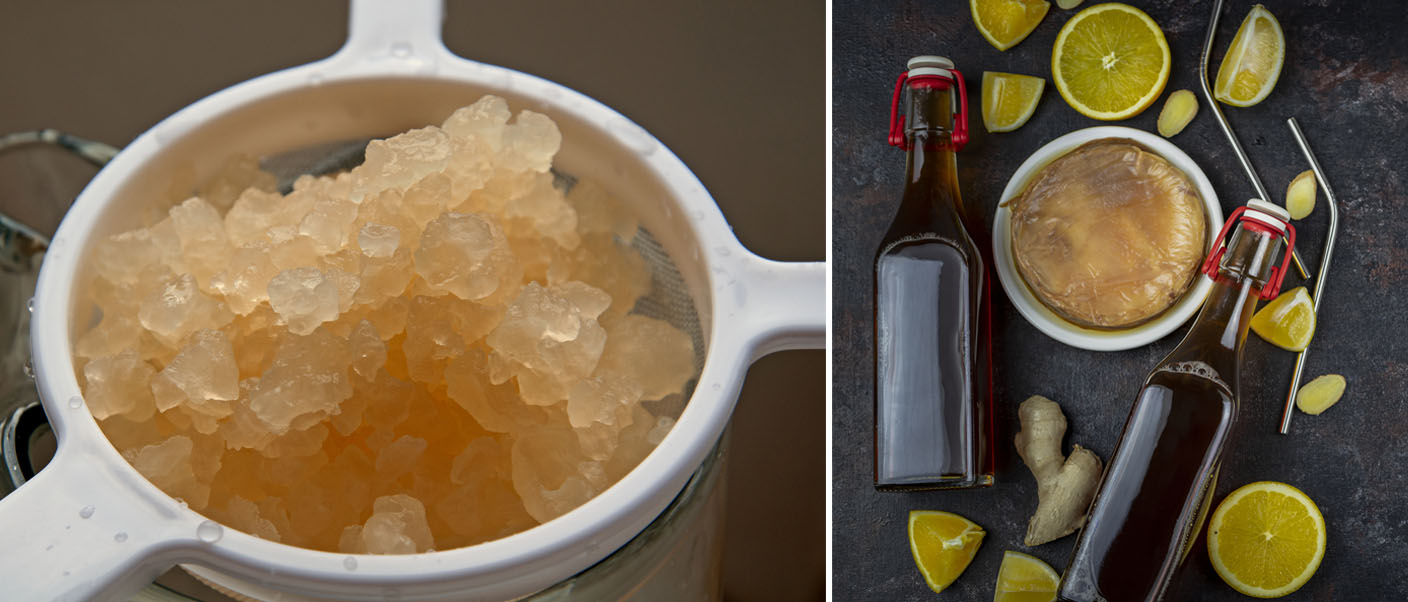
It is taking its place as one of the trendy probiotic products. As with kombucha, its manufacture started with artisanal processes, and it is now very present in the production chains as one of the most promising healthy beverages.
Flavoured sparkling water, waters with carbonation for hydration
The WHO has recommended drinking between 2 and 2.5 litres of water a day for some time, and consumers and brands have taken this advice to heart globally. One of the main reasons why the market has jumped into manufacturing sparkling waters in all their variants is related to the bad publicity surrounding soft drinks in general, due to their high levels of saturated sugars.
In light of these considerations, sparkling waters are scoring some points in the market. Especially because their consumption is more enjoyable and flavourful than normal water, and they are said to be non-harmful to health. Thus, their manufacture is becoming a more feasible alternative.
Juices, adaptogenic tea and other refreshing beverages. The sector is expanding its product portfolio.
It may be a triumph of marketing or that these products are getting most of their momentum from the large numbers of likes on social media, but, nonetheless, the sector continues to launch new products with very sophisticated packaging in terms of design which are being very well received among certain groups, such as millennials.
Adaptogenics, conceived of as components with healing, calming and stress-reducing properties, are becoming an alternative that is as refreshing as beer.
Experts are betting on adaptogenic tea based on spices with numerous properties.
The juice chains are also looking to innovation and the incorporation of a full range of flavours with ethnic ingredients and certain exotic fruits, in line with the more urban, street-level gastronomy through “street drinks” and smoothies. Moreover, they are trying out different textures so that these types of beverages can offer an experience that goes beyond the liquid.
Lastly, and aimed at the enormous youth and more adult target market, we shouldn’t lose sight of the ranges of mixers and non-alcoholic cocktails.

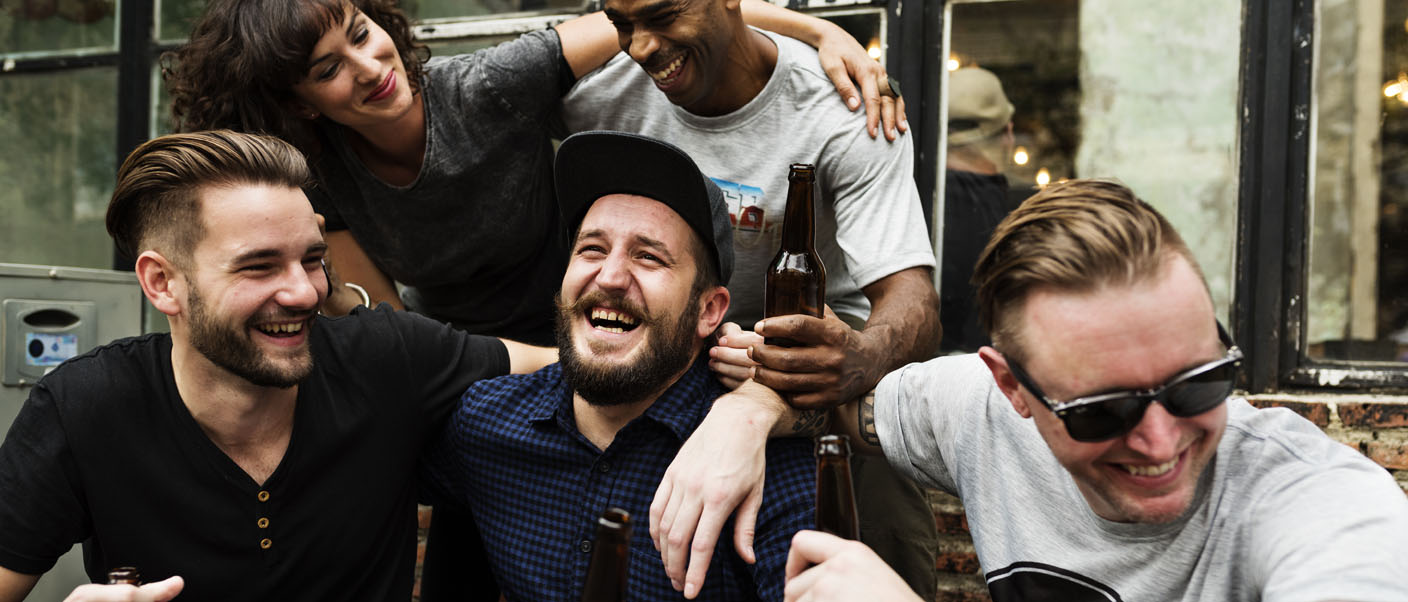



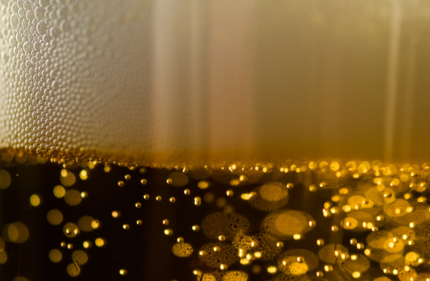
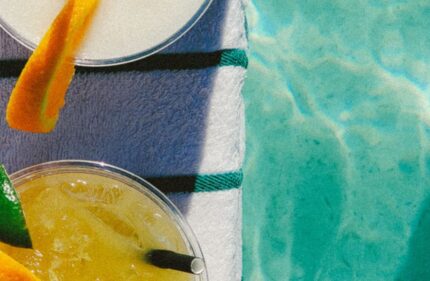
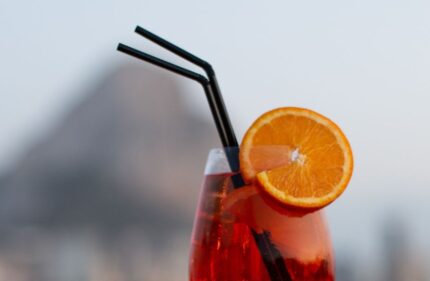
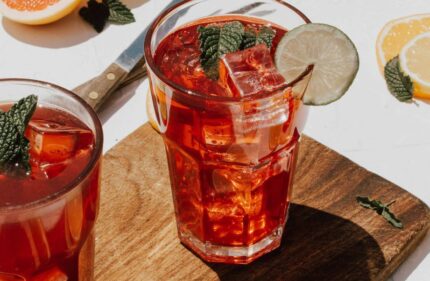
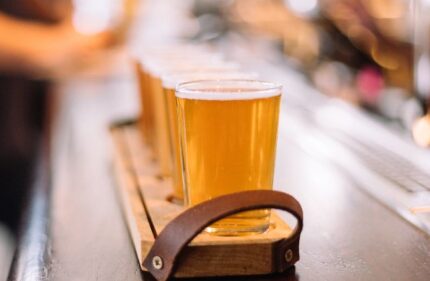
Comments